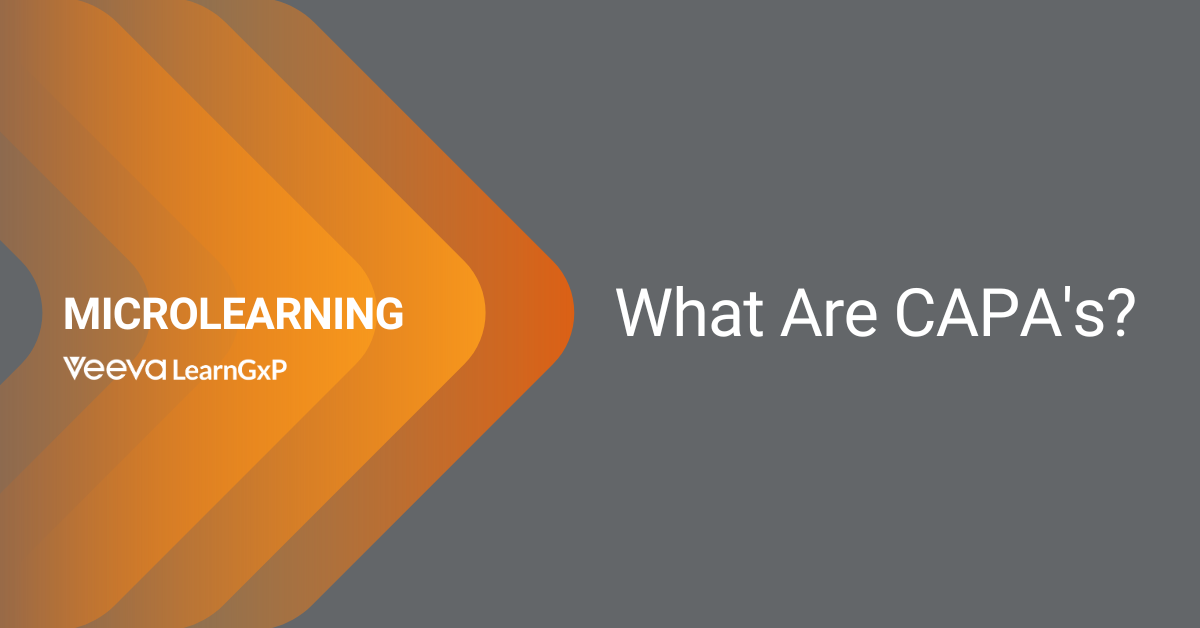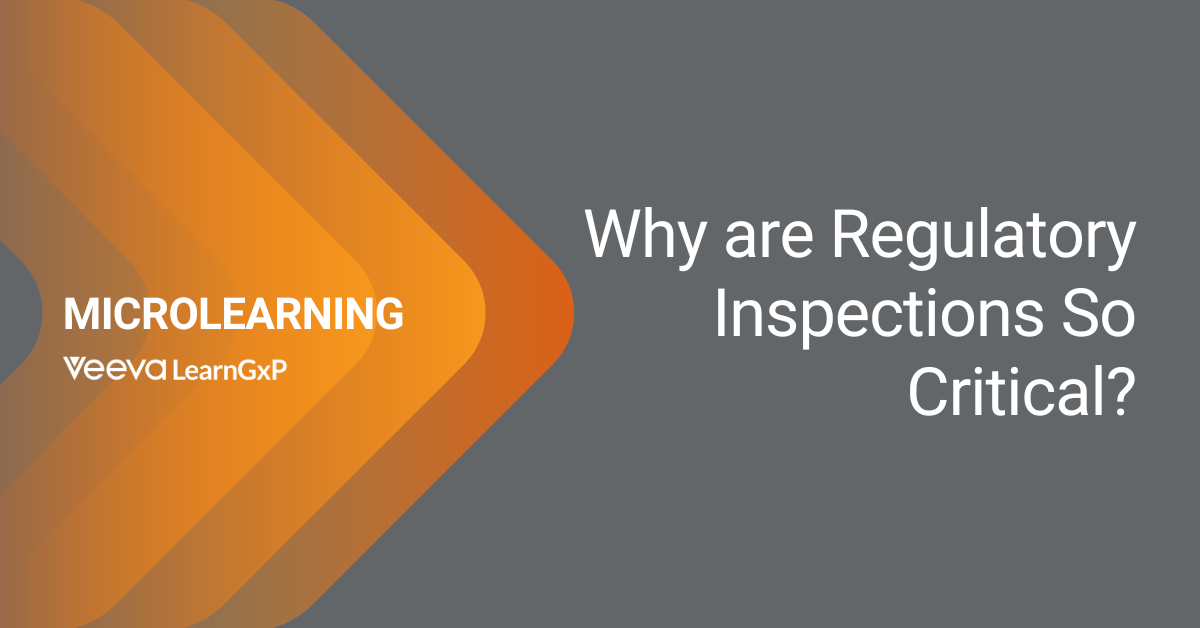In Good Manufacturing Practices (cGMP) regulated industries, “to comply or not to comply” is not only a quality question but also one that makes good business sense. Management must allocate enough resources to maintain a cGMP-licensed facility in a compliance status, so that the operation and its associated systems are working in a state of control.
A cGMP Compliance Audit is a management tool that helps to achieve this goal. Let’s explore the what, who, why and when of a cGMP Compliance Audit.
1. What is a cGMP Compliance Audit?
A cGMP Compliance Audit assesses a cGMP-licensed site for compliance with current cGMP regulation, site cGMP licensing registered requirements, and industry standards. The role of the auditor is moving away from “compliance police” to valued assessor. Auditors identify opportunities for improvement in striving for operational excellence. Each cGMP Compliance Audit is an assessment tool to improve site or supplier operations and to ensure that marketed products are of acceptable quality, effectiveness, and purity. There are three different types of cGMP Compliance Audits: internal audit (corporate or site), supply chain audit, and regulatory audit by a cGMP regulator.
In general, the cGMP Compliance Audit will cover the following areas:
- Quality systems
- Facilities and Equipment Systems
- Production Systems
- Laboratory Control Systems
- Packaging and Labelling Systems
- Material Handling Systems
cGMP regulations monitor manufacturing and its associated activities, such as quality control and the qualifications of the supplier. These regulations have been developed to ensure that any product classified as food, drug, natural health product and medical device are consistently produced and controlled to the quality standards appropriate for their intended use.
Related: Want to become a better auditor?
2. Who Should be Audited?
Any product classified as food, drug, natural health product and medical device, and marketed in Canada must first receive approval from Health Canada. It must also be manufactured in accordance with Health Canada’s cGMP regulation. According to Health Canada, these rules apply to any cGMP-licensed drug manufacturer, packager/labeller, importer, distributor, wholesaler, and tester. In the United States, for example, any product classified as food, drug, natural health product and medical device and marketed must also comply with the Food and Drug Administration’s (FDA) current cGMP regulations.
Likewise, countries like Japan, Australia, and in the European Union have their own set of cGMP regulation to regulate these products marketed there. In general, suppliers (external) and manufacturing sites (internal) are audited for compliance with cGMP regulation.
3. Who is responsible for performing cGMP Compliance Audits in a cGMP-licensed facility?
The overall responsibility for ensuring that compliance audits are performed generally falls under the Quality Assurance department. Auditors however can be quality assurance (QA) personnel, personnel from other areas within the company, or consultants (Note: The auditors themselves should have the knowledge and experience/training to perform the task adequately. You would not expect the office cleaner to audit packaging and labelling systems, for example.)
Some small companies use consultants to address concern about independence, while larger manufacturers use consultants to obtain an outside verification of adequate compliance.
4. Why perform cGMP Compliance Audit in a cGMP-licensed facility?
Performing cGMP Compliance Audit of products, processes, and systems is important to ensure that a cGMP-licensed manufacturing site and its suppliers are assessed, reviewed, and evaluated for compliance to current cGMP regulation, other market regulations, and site quality policies and procedures, with emphasis on the company’s own quality manual. Health Canada or other regulatory agencies will suspend any non-cGMP compliance site operation.
The severe consequences of cGMP violations include loss of revenues, loss of license, shutdown of manufacturing facility, seizure of products, recall of products, and competitive disadvantage, which are all very costly.
A cGMP Compliance Audit is an evaluation tool that can:
- Assess site cGMP practices to verify that required systems and controls are in place and in compliance with cGMP regulations
- Verify if site policies and procedures are being followed
- Provide site management with information regarding the level of compliance at the site and suppliers
- Facilitate early detection of any problem/discrepancy
- Help determine the depth of any identified problem/discrepancy
- Investigate and determine the root cause of any problem/discrepancy
- Recommend approval and certification of a supplier
The benefits of a cGMP Compliance Audit include:
- Ensuring that company customers receive products of acceptable quality, efficacy, and safety
- Continually improving cGMP systems and potentially transferring the best practices across the corporation
- Identifying, eliminating, and preventing problems early in the design and life of a process or system, through pro-action
- Decreasing the number of discarded, recalled, and reworked lots
- Decreasing the number of customer complaints
5. When is cGMP Compliance Audit performed in a cGMP-licensed facility?
cGMP Compliance Audit must be performed on a regular basis to ensure that systems are in control and in compliance. The cGMP-licensed facility QA management must create specific standard operating procedure (SOP) for the cGMP Compliance Audit. This SOP defines the frequencies and timeframe for performing routine cGMP Compliance Audit of the facility, supply chain, and contract operations.
In cGMP regulation, each manufacturer is required to have a self inspection program in place for verifying compliance with the current CGMP regulation. Some manufacturers do the minimum; they perform an internal audit annually. Others implement comprehensive audit schedules on a more frequent basis. Sometimes, “for-cause” audits are performed upon request in response to compliance issues.
In closing, each cGMP Compliance Audit is a fact-finding exercise that provides information to management for awareness and corrective action. Each Compliance Audit that is conducted must be based on facts. Auditors are fact finders! The Auditors verify that a cGMP-licensed facility comply with current cGMP regulation. All audit observations must be able to cross reference the cGMP regulations and current industry standards.
Remember, it is management’s responsibility to take appropriate action based on the audit information. The secrets to success at any cGMP Compliance Audit include being well prepared, having good audit management, having a good auditing team, and having site management support.
Is your company ready for its next cGMP Compliance Audit?





